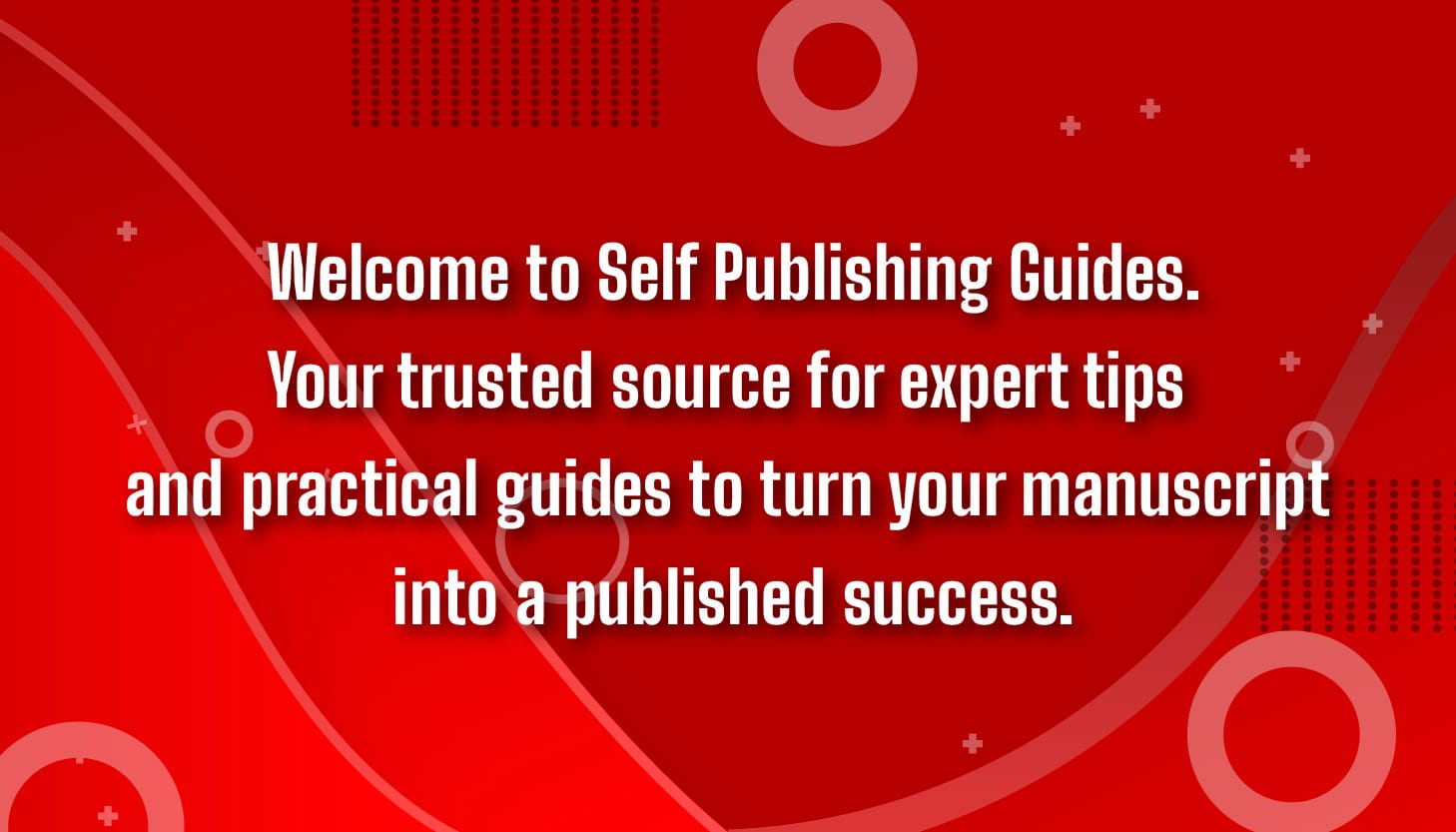
There’s a weird phase near the end of every book project where you can see the finish line clearly but the tiniest details still feel endless. That “last 2%” is where the difference between “good enough” and “actually professional” lives. For many indie authors, skipping this tiny stretch is the single most common reason a promising book gets lukewarm reviews, not because the story was bad, but because micro-issues broke the reader’s immersion.
Why the last 2% matters
Readers notice patterns. A mismatched detail, a repeated typo, or a little slip in point-of-view can disconnect a reader from the page in a heartbeat. Those problems are easy to overlook when you’re deep in the material; they become painfully obvious when a reader stumbles over them. That’s why targeted manuscript editing, focused on consistency, clarity, and final polish, is indispensable. Professional editors don’t just spot misprints; they preserve the reader’s trust.
What authors commonly skip
The most common misses at the tail end of a project are boring, small, and relentless: inconsistent character names or ages, timeline hiccups, formatting oddities (extra spaces, inconsistent italics), repetitive phrasing, and metadata errors, yes, the thing you type into a store page matters. Many authors assume spellcheck or one proofread will catch everything. It won’t. A checklist-driven approach to manuscript editing catches those micro-failures before a book reaches the public and prevents surprises after launch.
A practical “last 2%” checklist
Set these checkpoints as your final pass before upload: read for consistency across names and dates; check formatting such as chapter and scene breaks and italics; scan for repetitive words and crutch phrases; confirm metadata like title variants and author name spelling; and do a final proofread in a printed or e-reader format. These might sound obvious, but they’re the stuff authors skip when they’re tired of editing. Using a prioritized checklist turns this final pass from a fog of small edits into a clear, finishable task. Reputable self-publishing guides consistently put editing near the top of the must-do list.
The difference between copyediting and proofreading
If you’re paying for outside help, know the difference. Copyediting tightens language, corrects grammar, and improves clarity; proofreading is the final sweep for typos and formatting errors. Relying on only one of these when your manuscript needs both is a common false economy. Understanding those roles helps you hire the right specialist for your manuscript editing needs and saves you from redoing work later.
How efficient editorial services for self-published authors save time
Hiring efficient editorial services for self-published authors isn’t just an expense, it’s an investment that speeds your path to a saleable book. Good services include a clear scope, a revision pass for author queries, and a final proofread on the formatted file. These steps stop embarrassing re-releases and negative reviews that cost more in lost credibility than the initial fee. If you want your launch to look intentional and professional, that investment pays dividends in reader trust and fewer refunds or returns.
A tiny case study (quick): a debut novelist I coached turned down a fast timeline to rush to KDP and instead invested in focused manuscript editing for a week. The editor fixed timeline slips, harmonized voice between scenes, and corrected metadata quirks that would have confused readers on store pages. The result? A higher average rating and fewer returns in the first month, not magic, but the payoff from fixing those final micro-issues that readers notice. That’s the concrete value productive editorial services for self-published authors deliver when paired with targeted manuscript editing.
DIY tactics that actually work
If you can’t afford a full professional edit right now, prioritize the tasks that deliver the biggest ROI. Put the manuscript away for a few weeks and do a cold read with fresh eyes. Use read-aloud tools or ask someone to read chapters aloud because listening exposes clunky sentences. Export to an e-reader or print a proof since formatting issues appear differently in each context. Run a search for repeated words or names so you can fix consistency with find-and-replace. These methods reduce the burden of problems a professional copyeditor will face later, making the paid stage more productive and cheaper.
Take short, focused sessions: the final polish benefits from 30–90 minute blocks rather than a single marathon session. Short bursts keep your eye sharp and help you spot fresh problems. Do this each release.
How to choose an editor without wasting money
Look for transparent workflows and references. A reliable editor will explain whether your manuscript needs developmental work, line editing, or just a clean copyedit and proofread. Ask for a sample edit of a chapter so you can see their tone and suggestions; a sample prevents misaligned edits and ensures the editor understands your voice. When you find a service that offers clear deliverables and a revision pass, that is a hallmark of efficient editorial services for self-published authors, it protects your book and makes the timeline realistic.
Real-world habits that save launches
Authors who consistently get polished launches treat the final pass like a mini-project: deadline, checklist, and a budget line item. They also schedule a second proofread after design and formatting, because line breaks and eBook conversions introduce new issues. Investing in manuscript editing early, and then again at the end, protects your book’s reputation and the time you spent building it.
Closing: small work, huge returns
The last 2% of polishing is small in hours compared to drafting, but it’s enormous in reader perception. Treat manuscript editing as an essential step, not optional ornament. If money is tight, use the DIY tactics above and save to hire one round of professional help focused specifically on the final pass. Finishing well isn’t just about pride, it’s what makes readers recommend, review, and return for your next book.

